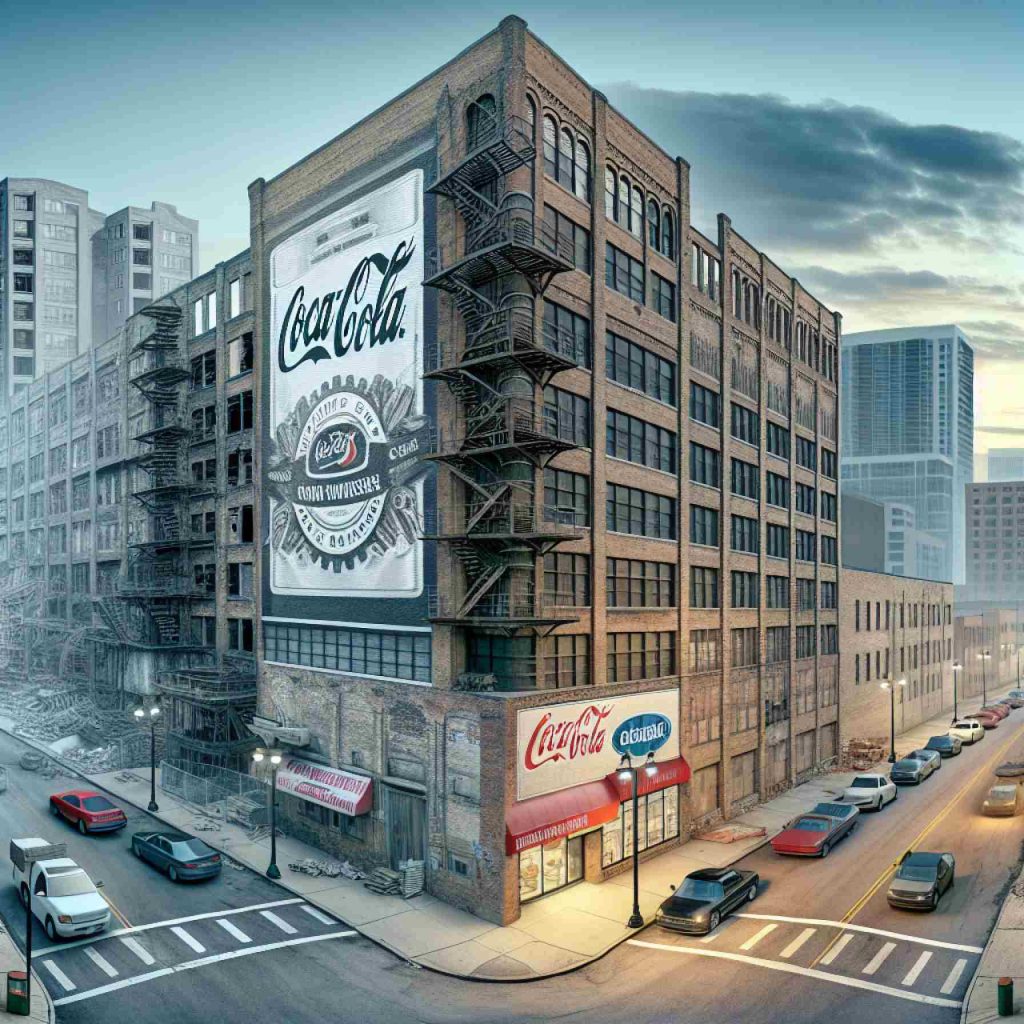
- The old Coca-Cola bottling plant on Highway 80 in Jackson, Mississippi, is being demolished, marking the end of an era and the start of a revitalization effort.
- The plant represented mid-20th century industrial optimism but became a symbol of economic decline after operations moved in 2007.
- City officials view demolitions as opportunities for transformation, aiming to reimagine communities and stimulate economic and social growth.
- Challenges include convincing investors and securing necessary funding for revitalizing neglected areas along Highway 80.
- Jackson’s Mayor, Chokwe A. Lumumba, emphasizes the importance of transforming old corridors into vibrant economic hubs.
- The city’s plan involves demolishing over ten commercial sites, demanding efficient use of limited budgets for maximum impact.
- Overall, Jackson’s efforts underscore that true transformation requires systemic change and community collaboration.
The echo of wrecking balls and bulldozers reverberated along Highway 80 in Jackson, Mississippi, as the city bid farewell to a landmark steeped in mid-20th century Americana. The old Coca-Cola bottling plant, nestled at the intersection of University Boulevard, has witnessed the ebbs and flows of the city’s economic tides since its construction in 1949. Once synonymous with industrial optimism, the building’s shattered windows and faded facade became a poignant reminder of better days gone by.
A journey back to 2007 reveals the first signs of change, as the iconic red and white logo was peeled off, and operations moved to a glistening industrial site in Northwest Jackson. This shift mirrored a broader regional transformation, culminating in Clark Beverage Group’s announcement of a $100 million distribution center in Madison County by 2023. A symbol of perpetual renewal, this strategy is now clearing the way for Jackson’s reinvention.
Amidst the symphony of demolition, the spirited anticipation of revitalization paints a hopeful picture. City officials, invigorated by a sense of progress, gather to imagine the possibilities: not just reclaiming land but reimagining communities. It is both a literal and metaphorical clearing of old foundations to build a future cityscape that thrives economically and enriches socially.
This transformation comes with its hurdles. Convincing investors to breathe life into the antiquated relics of Highway 80 isn’t easy. Two decades of community deliberation met challenges head-on, as the stained bricks stood as testaments to a faltering local economy. Yet city officials like Jhai Keeton, Director of Planning and Development, visibly brim with optimism as they speak of potential rebirth.
The key lies not only in the physical tearing down of walls but also in vanquishing the barriers—financial and psychological—that stall growth. Jackson’s Mayor, Chokwe A. Lumumba, has championed this initiative, reiterating his steadfast belief in transforming these corridors into vibrant economic arteries. Still, the most formidable roadblock remains: securing the lifeblood—funding—that these visions require.
The city’s determination is evident, with plans to dismantle over ten decrepit commercial sites, but the challenge remains securing adequate financial support. Current endeavors scrape against budgetary ceilings, with every allocated dollar fiercely maximized for both residential and commercial demolitions. It’s a tightrope walk of judicious spending and ambitious visioning, driven by the hope that revitalized corridors can become beacons of economic promise once more.
At the narrative’s heart lies a crucial takeaway: transformation isn’t simply structural; it’s systemic. Jackson’s journey demonstrates the necessity of embracing change, urging the importance of communal efforts and strategic investments. The echoes of demolition are not calls of despair, but heralds of opportunity—resonating with the spirit of a city that dares to dream of thriving once again.
Jackson’s Transformation: Turning Demolition into Opportunity
Historical Context and Significance
The demolition of the old Coca-Cola bottling plant along Highway 80 in Jackson, Mississippi, marks a pivotal moment in the city’s history. Built in 1949, this facility once symbolized economic prosperity and industrial optimism in the mid-20th century America. Over the years, as operations shifted and new technologies emerged, the plant’s significance waned, leading to its eventual abandonment.
What Led to the Demolition?
Since the closure of the plant in 2007, the building has stood as a relic of a bygone era, representing the economic struggles faced by the city. The decision to demolish the facility is part of a broader urban renewal initiative led by Jackson’s Mayor, Chokwe A. Lumumba, aiming to revitalize the city’s economic corridors and communities.
Economic Implications and Future Plans
Market Forecasts & Industry Trends
The demolition is more than just a clearing of space; it’s a strategic move to attract new investments and businesses to Jackson. With the introduction of the $100 million distribution center by Clark Beverage Group in nearby Madison County, Jackson aims to spark economic rejuvenation by creating job opportunities and boosting local commerce.
Real-World Use Cases
– Community Revitalization: The cleared site paves the way for new community projects, such as parks, shopping districts, and cultural centers, which could become central to Jackson’s economic revival.
– Economic Growth: The redevelopment could potentially increase property values in adjacent areas, attracting new residents and businesses.
Challenges and Limitations
Financial Constraints
While the vision for revitalization is clear, securing sufficient funding remains the biggest challenge. The city’s budgetary limitations mean that each dollar must be utilized efficiently to maximize impact, prompting strategic discussions regarding public and private investment partnerships.
Psychological Barriers
Overcoming the community’s skepticism and gaining investor confidence is essential. City officials need to demonstrate the potential for return on investment, which requires robust planning and transparent communication with stakeholders.
Security & Sustainability
Environmental Impact
Demolishing old structures can improve safety and aesthetics but also raises concerns about environmental impact. Sustainable practices, such as recycling materials and reducing waste, are critical during and after demolition.
Insights & Predictions
As more outdated facilities are torn down, Jackson’s landscape is expected to transform significantly over the coming years. If managed well, this could herald a new era of prosperity and innovation, setting an example for other cities facing similar challenges.
Actionable Recommendations
1. Engage the Community: Involve local residents in planning and decision-making to ensure new developments meet community needs.
2. Secure Diverse Investment: Explore various funding sources, including government grants, private investors, and public-private partnerships, to support ongoing projects.
3. Promote Sustainable Practices: Ensure that redevelopment plans prioritize sustainability, from construction to long-term management.
4. Enhance Transparency: Maintain open communication with the public and investors to build trust and showcase potential successes.
For more information on urban development and economic trends, visit the City of Jackson’s official website.



